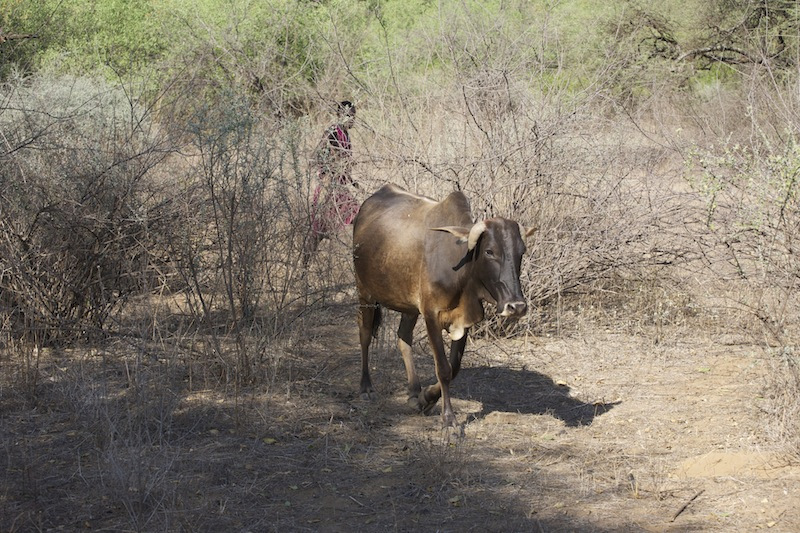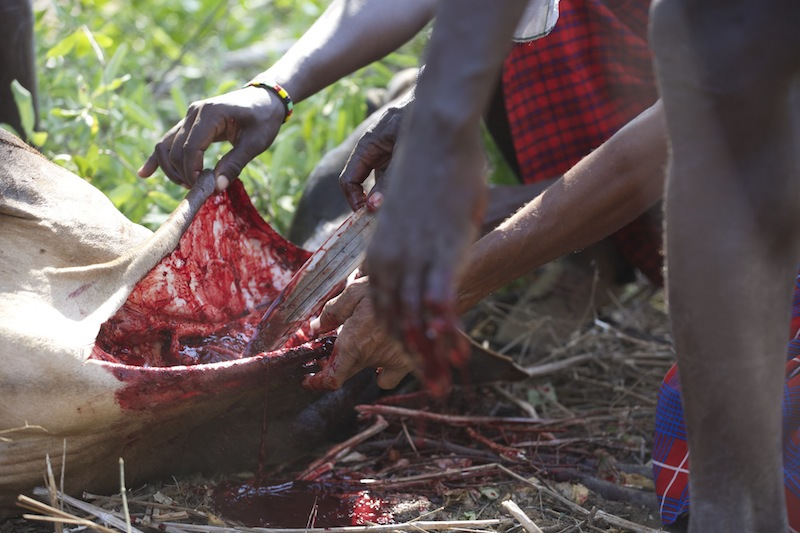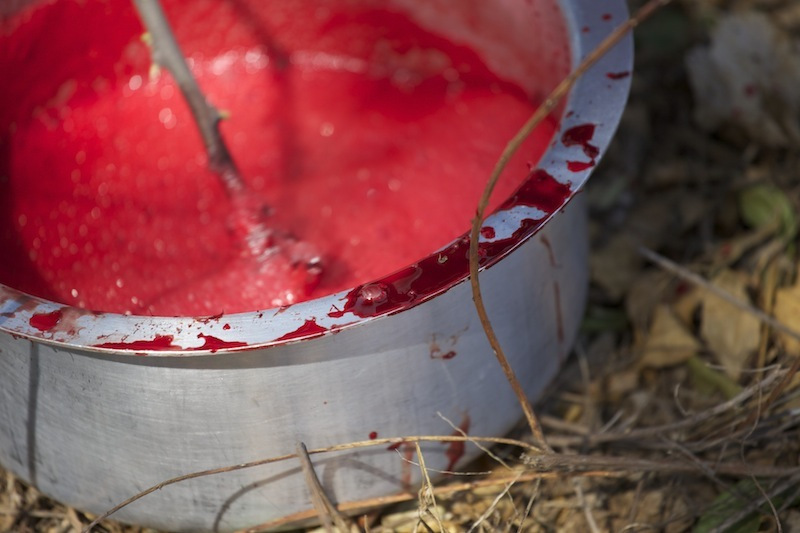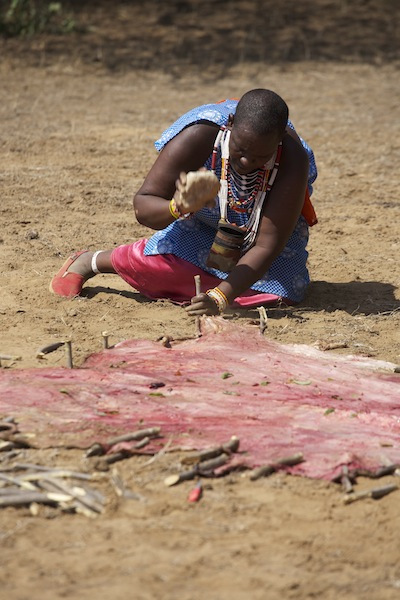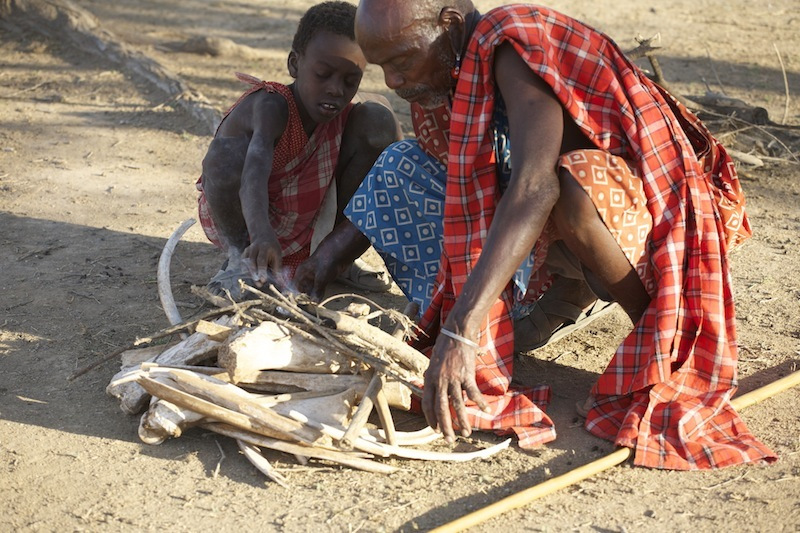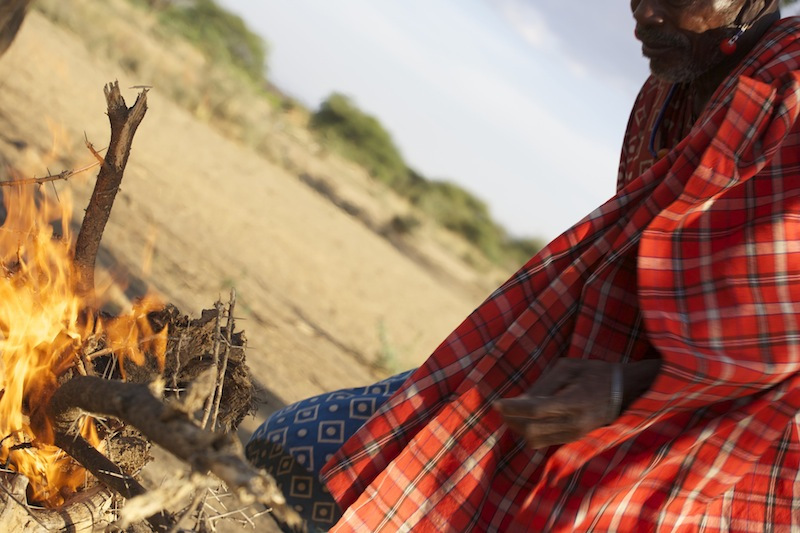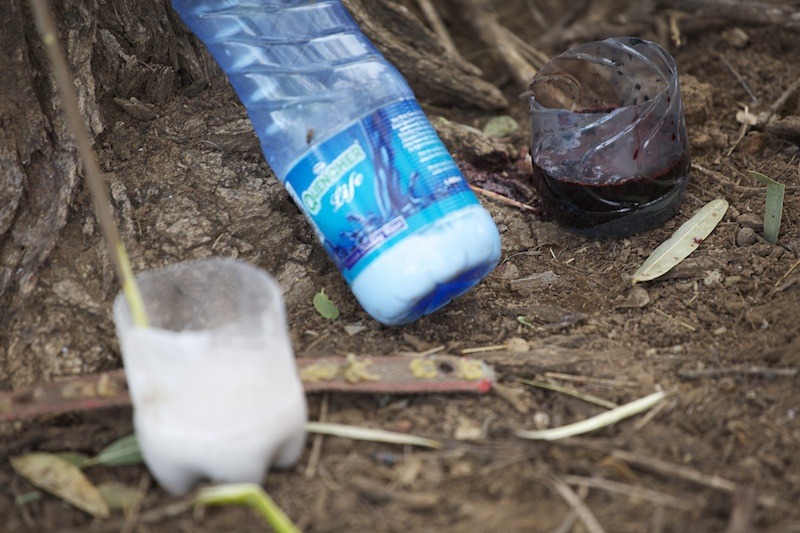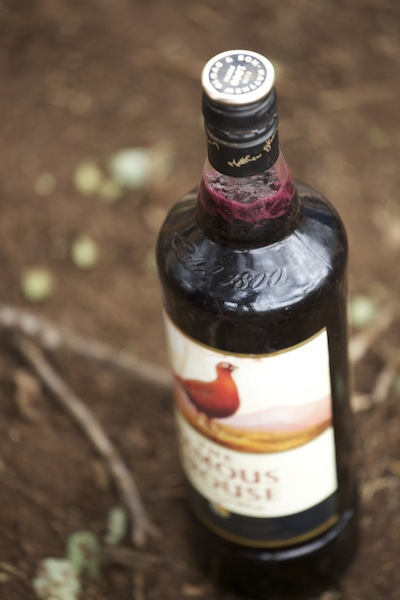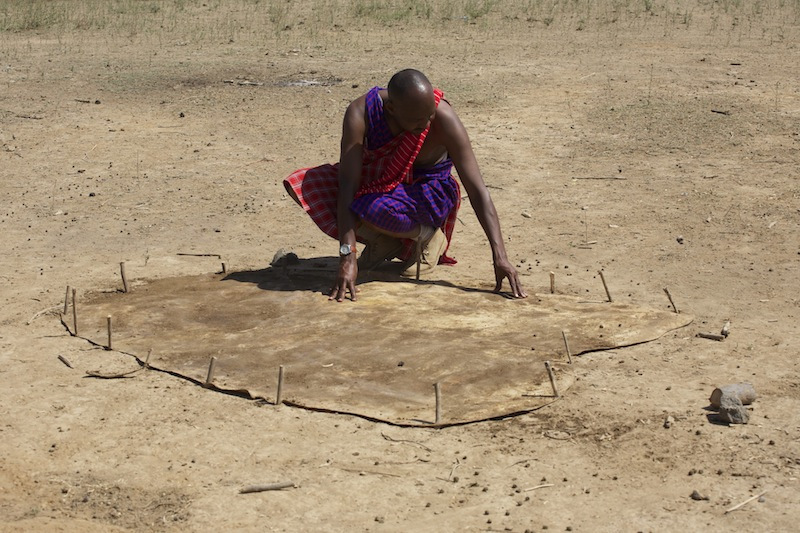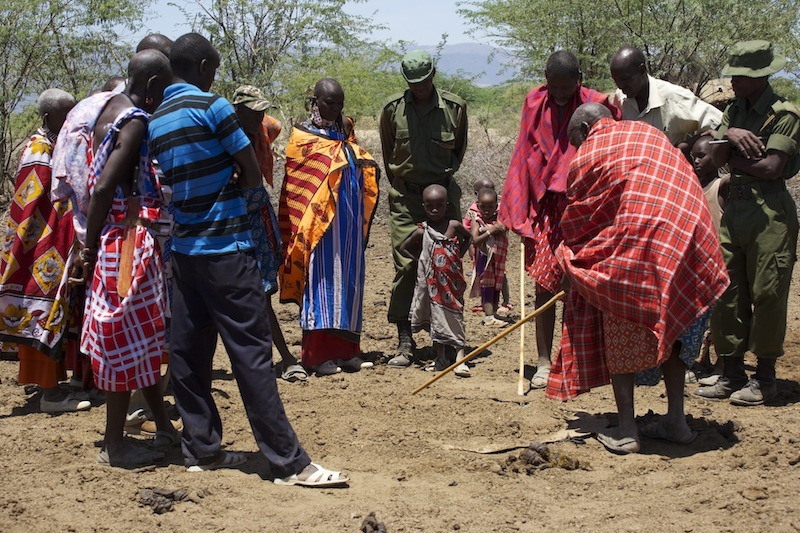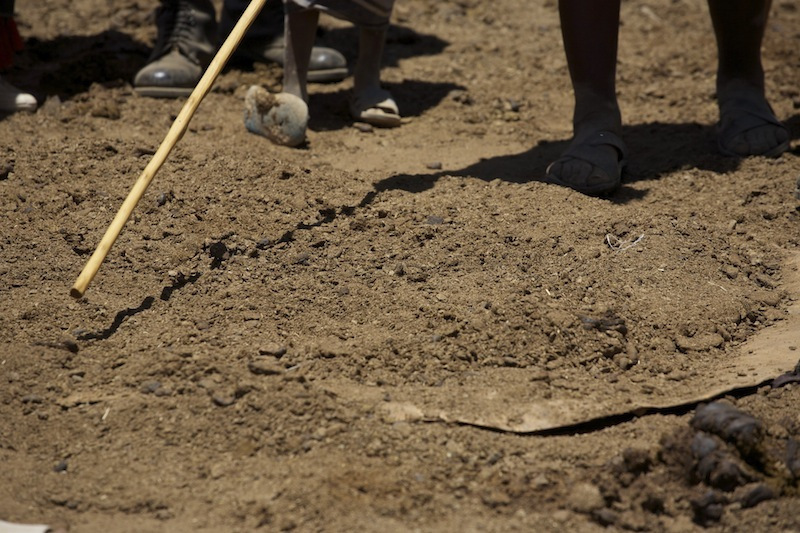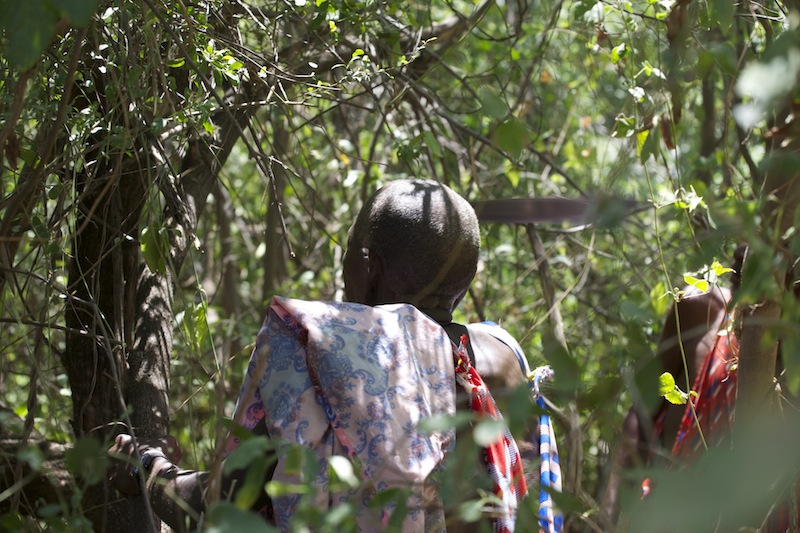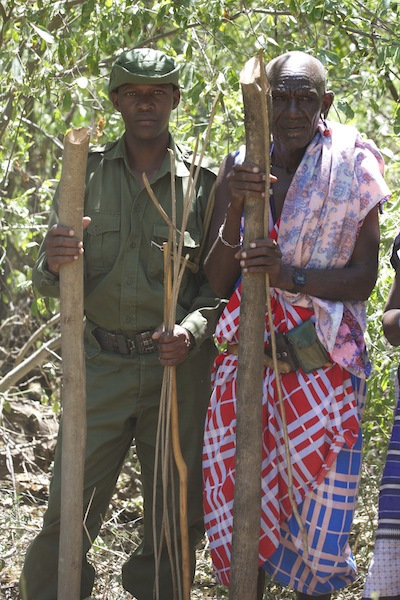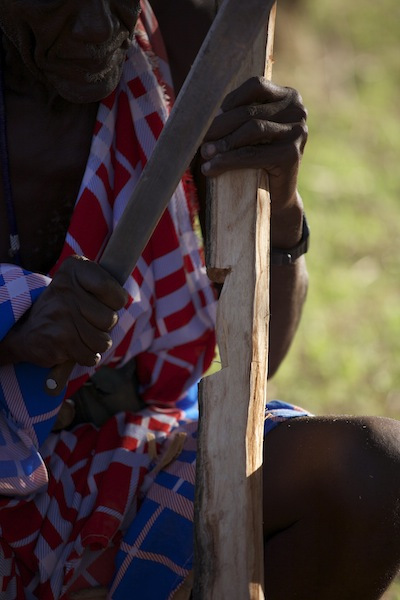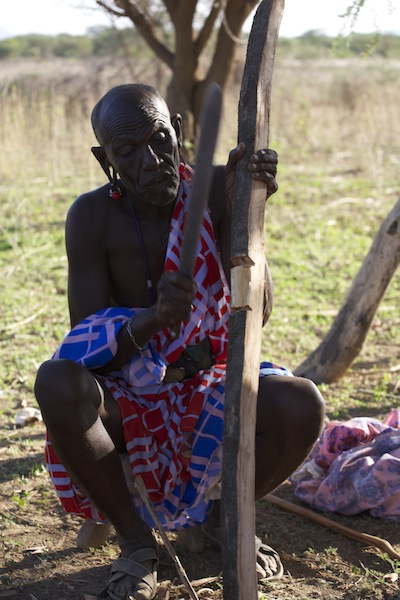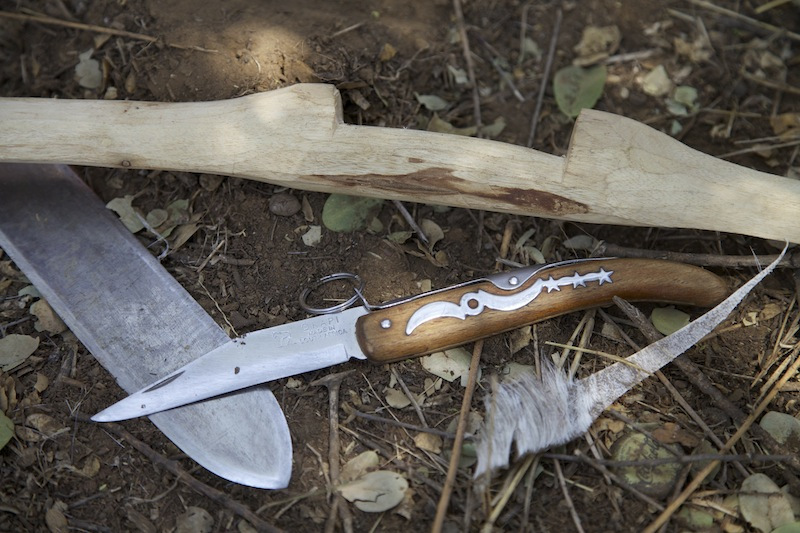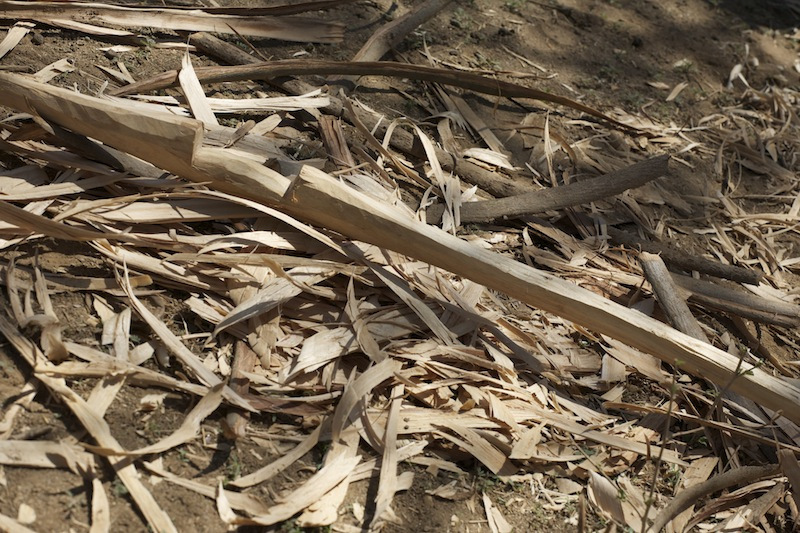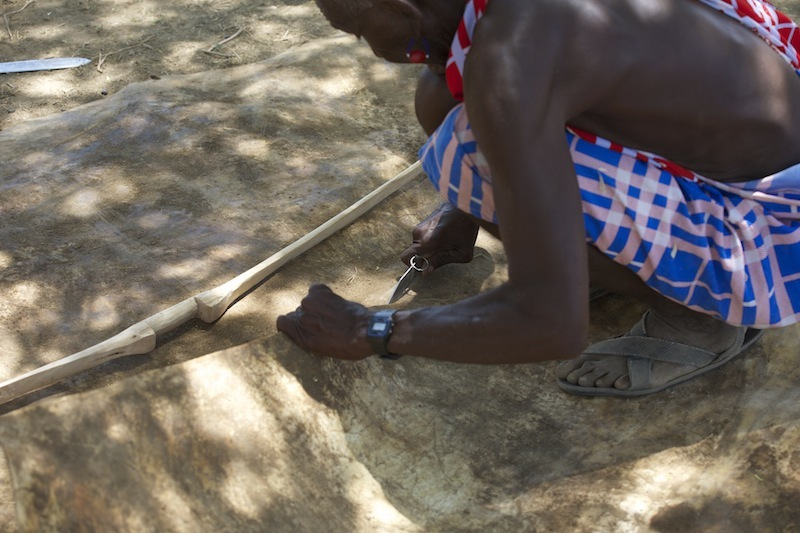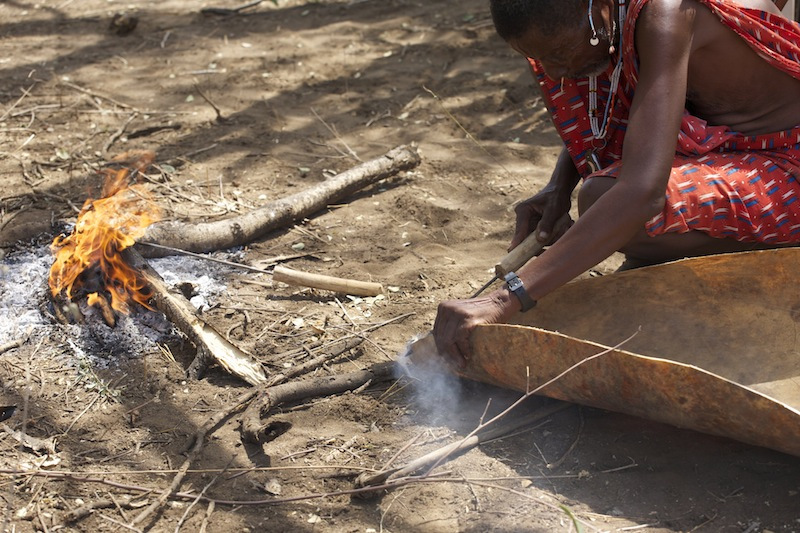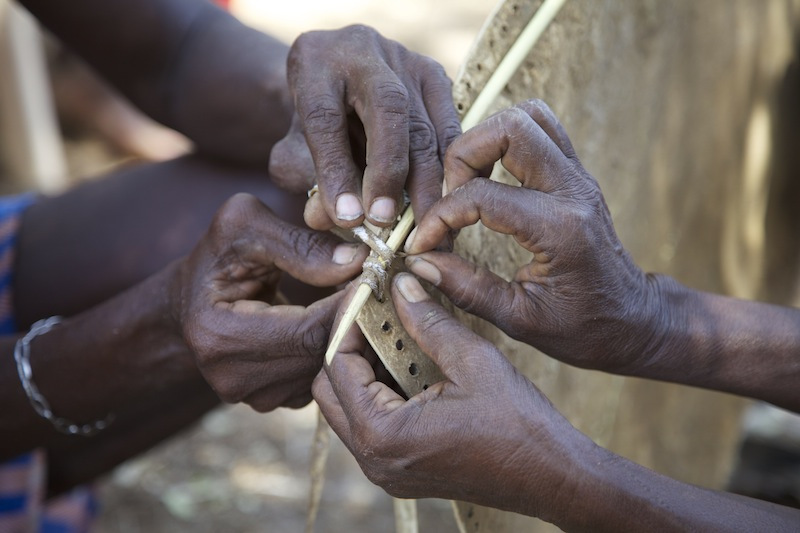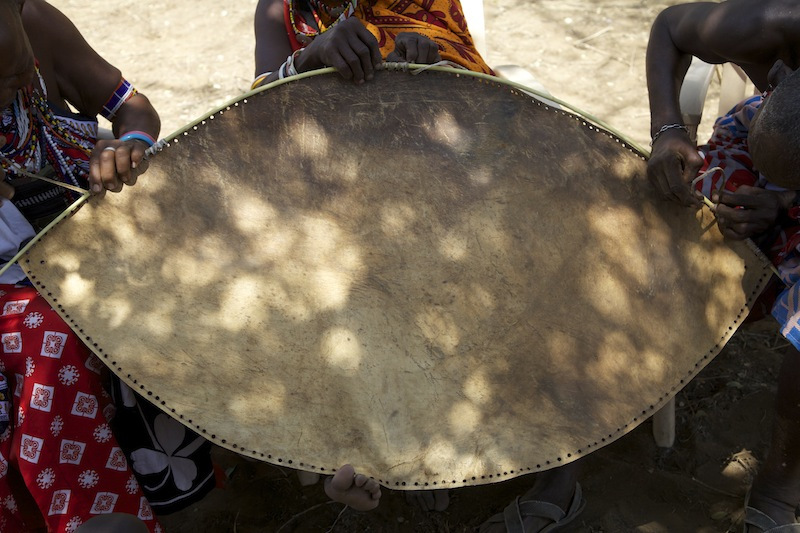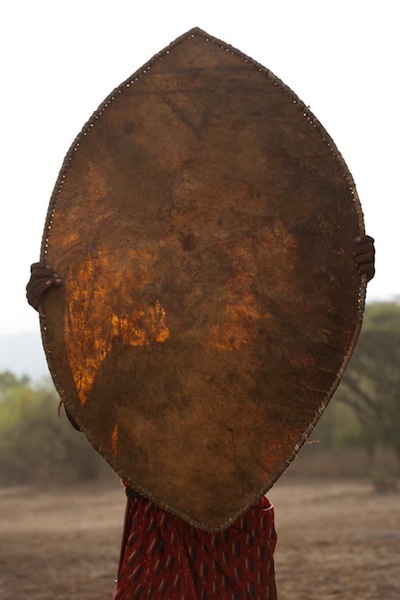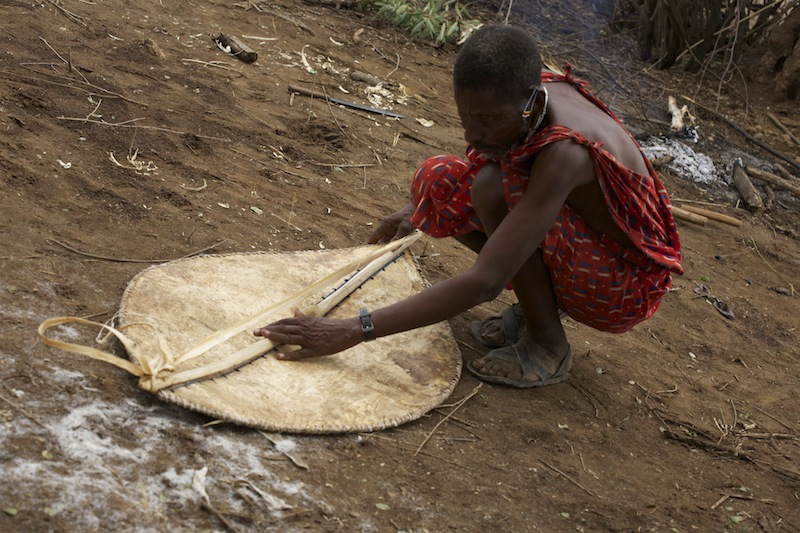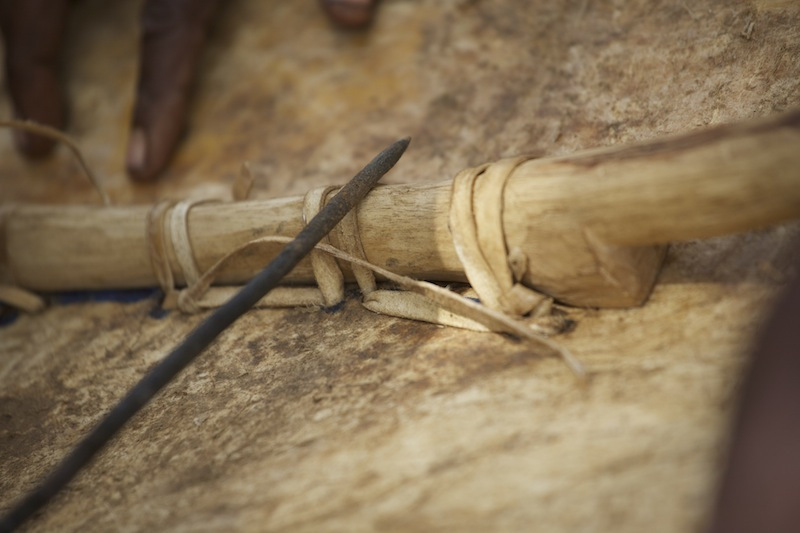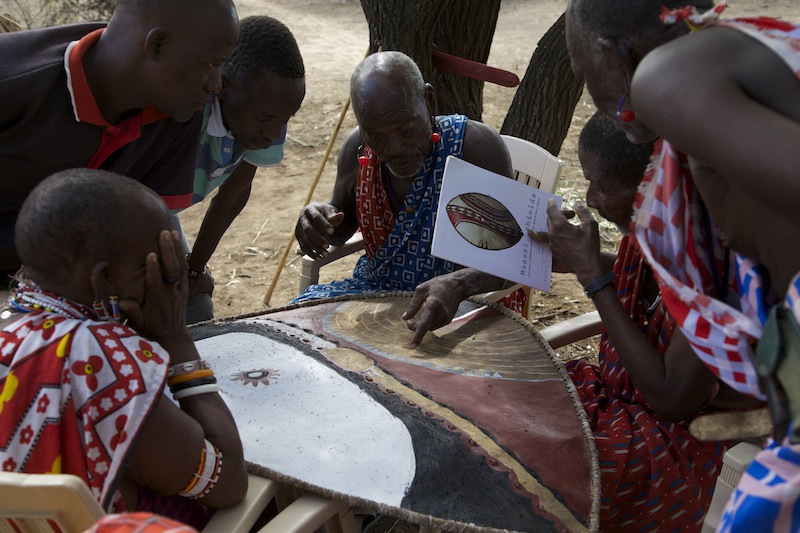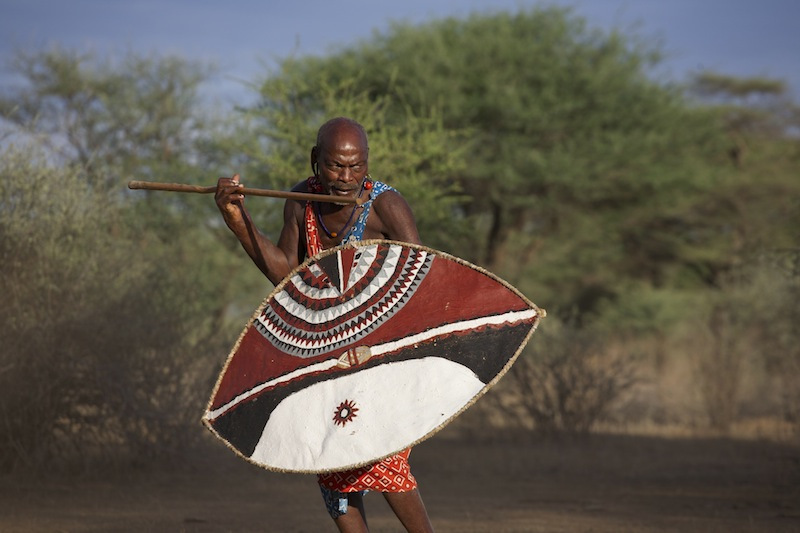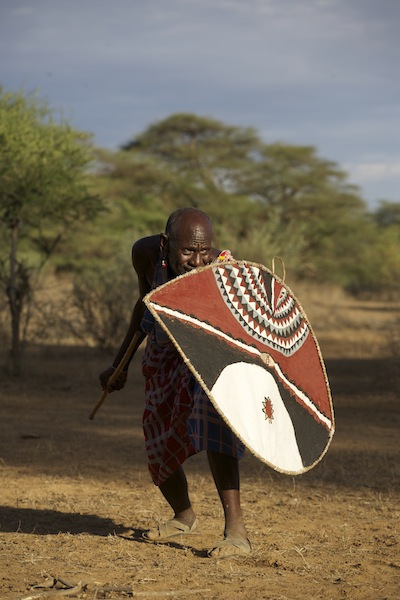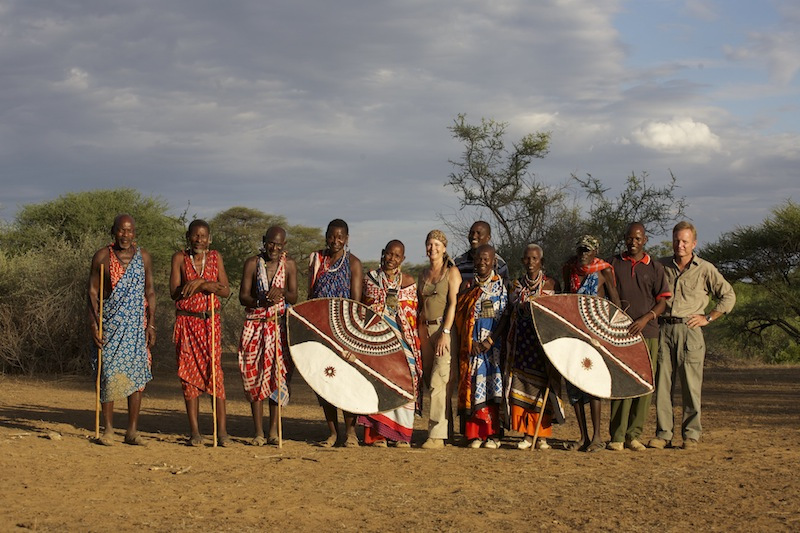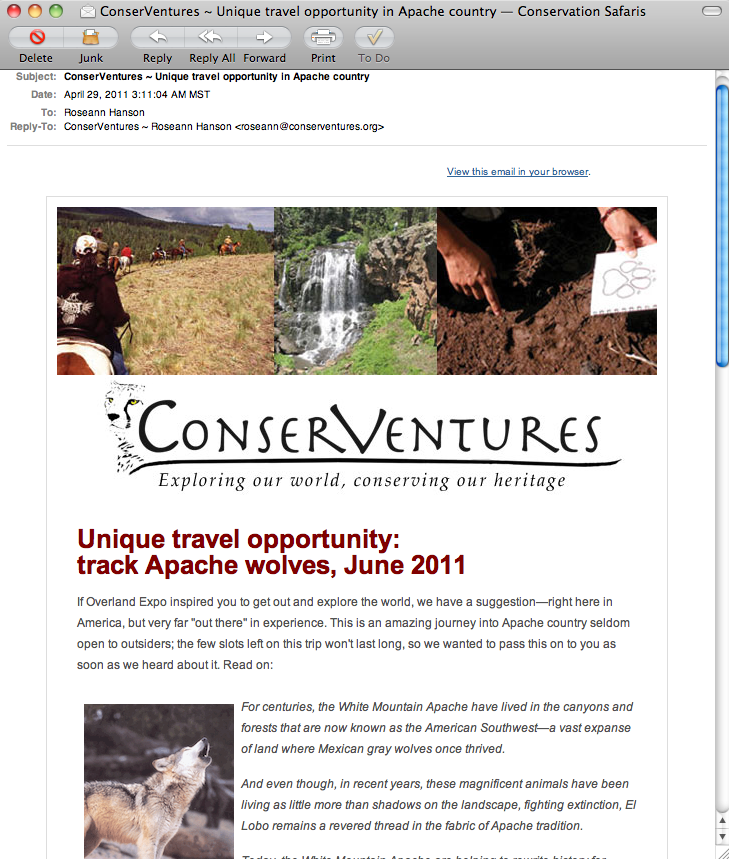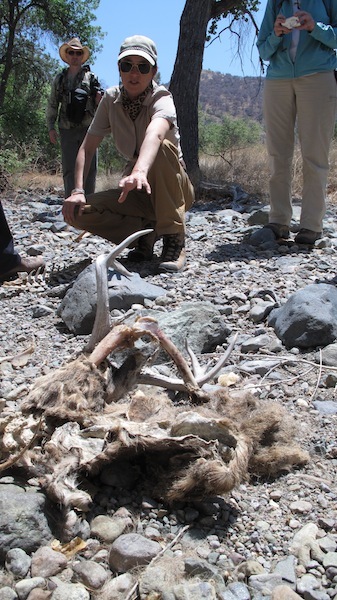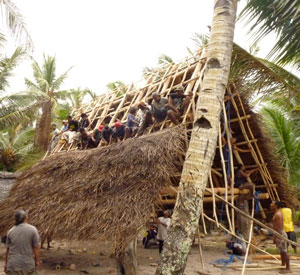Click to see larger imageWe have finalized the print and digital versions of a 112-page book detailing the work of the October 2012 shield-building workshop in southern Kenya. This book is the final visual product we have created for the Maasai community that initiated the cultural conservation program. We are printing 125 copies and are delivering them to the Maasai in November 2013.
Special thanks to all those who contributed to the project. Participants, donors, and those who provided assistance are listed below. Ashe o'leng. Thank you.
Sample pages from the shield book, which is available for purchase on our MagCloud account for $34.95 in beautiful full-color print (bonus: the print version includes a free digital version; shipping is extra) or $9.95 for a digital download (PDF, web version, or iPad app):
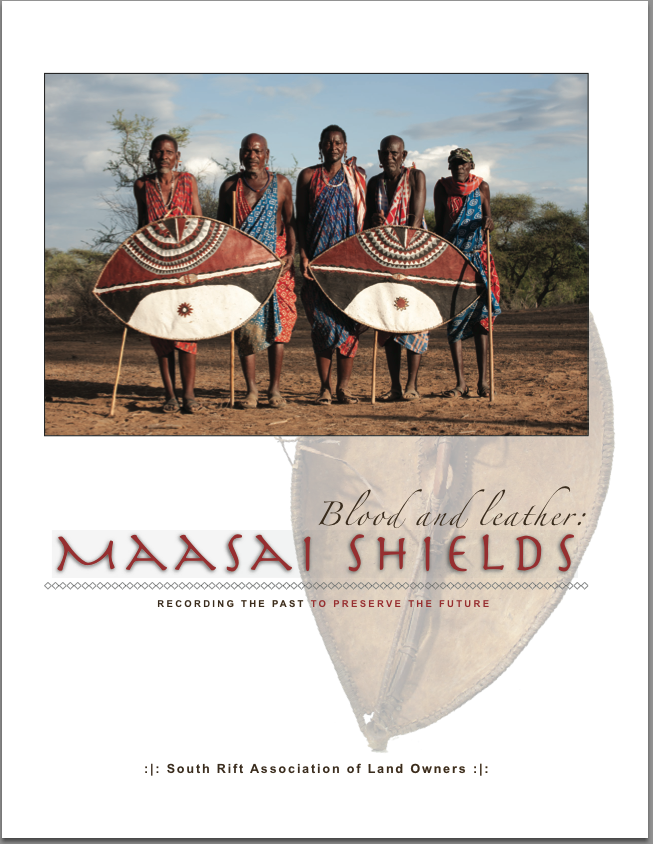
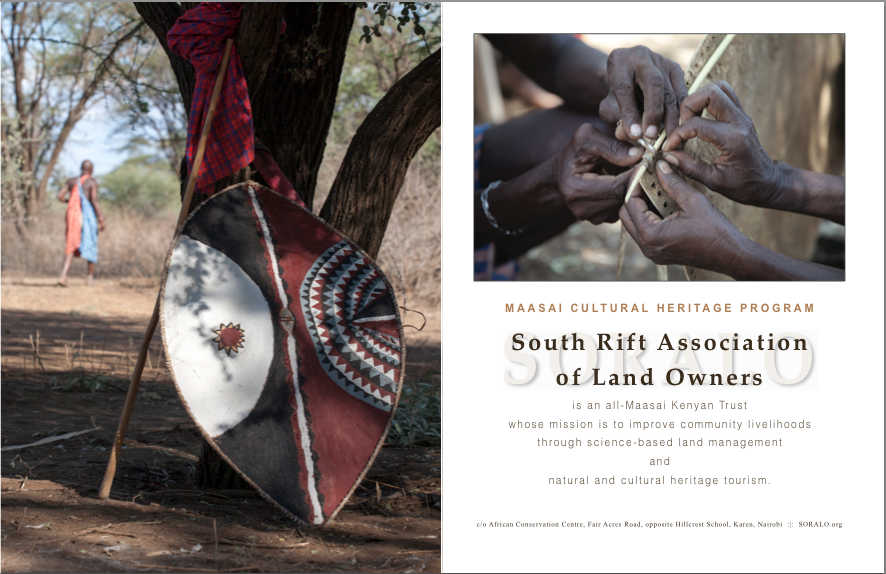
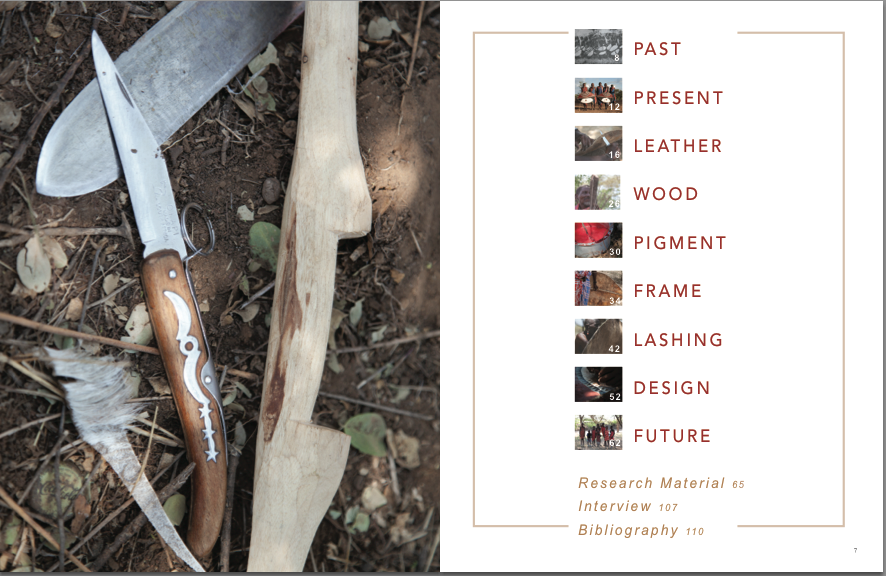
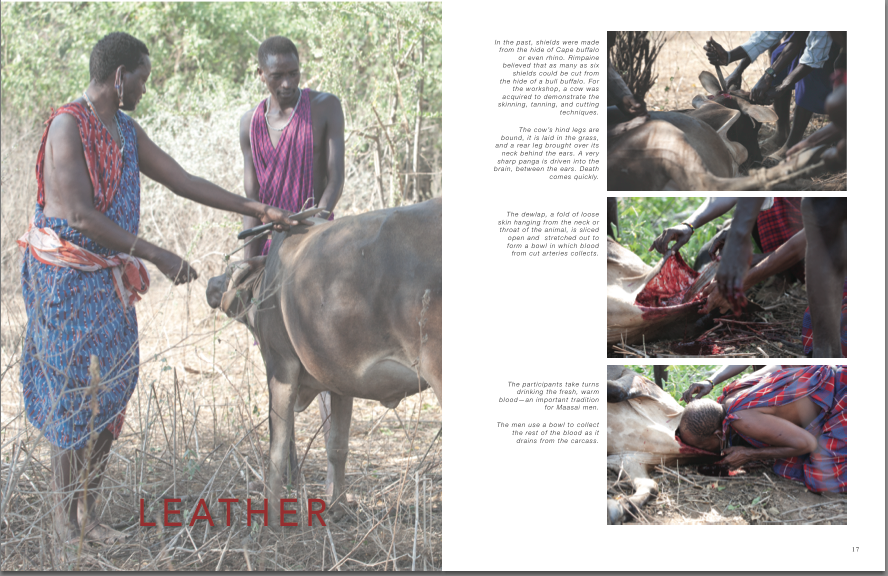

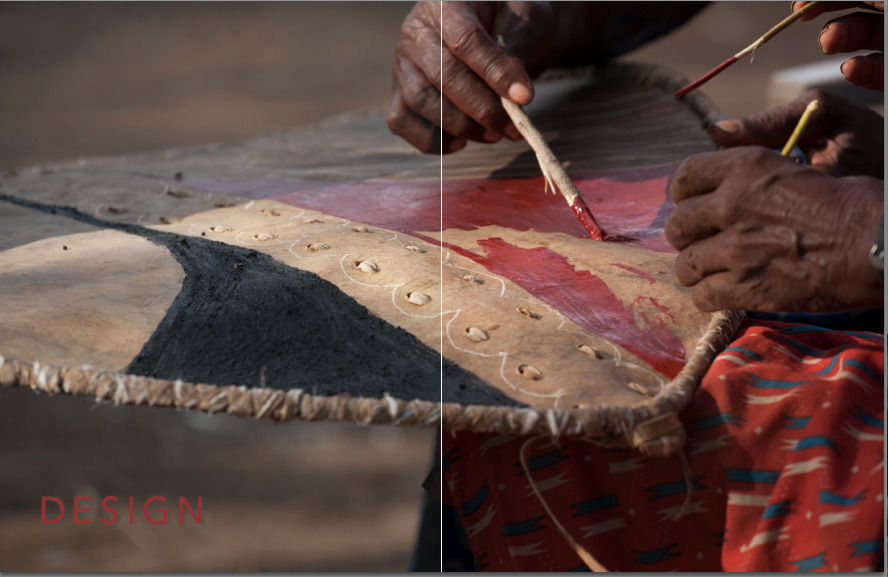
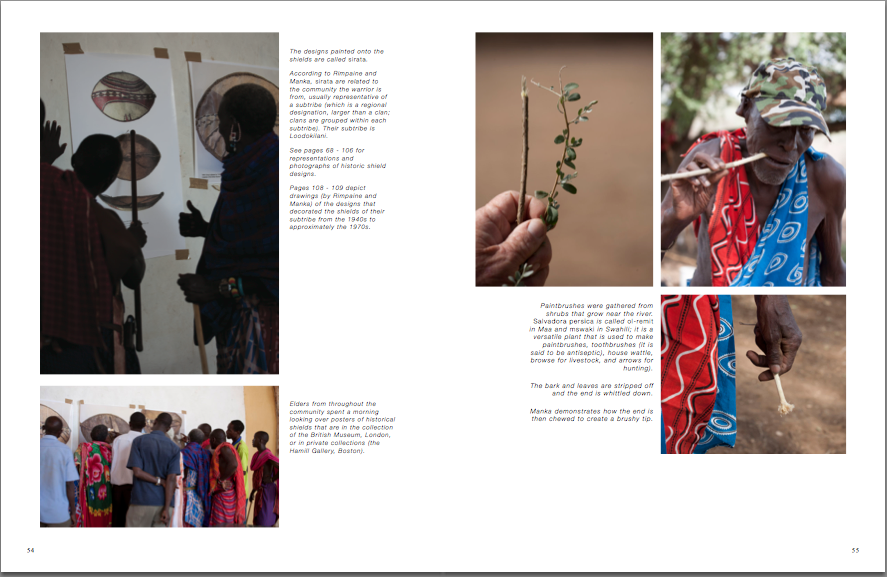
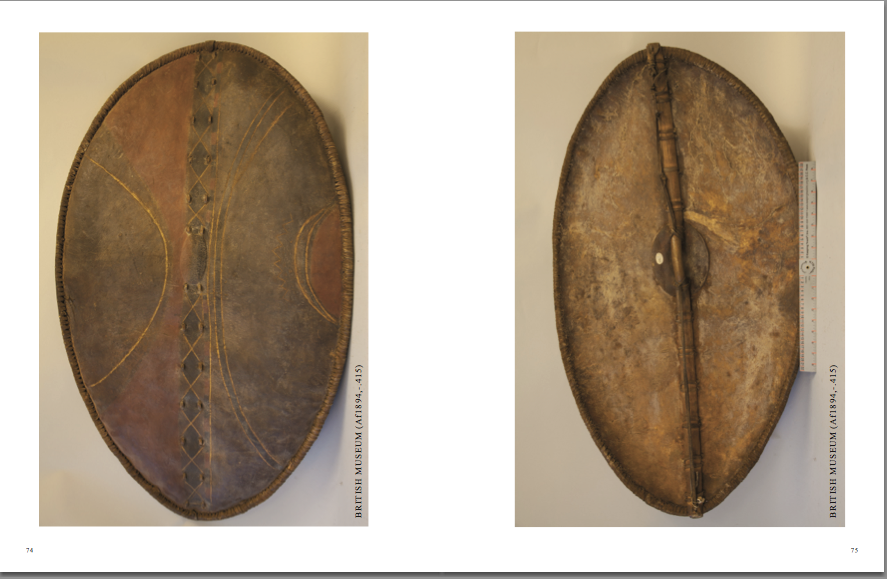
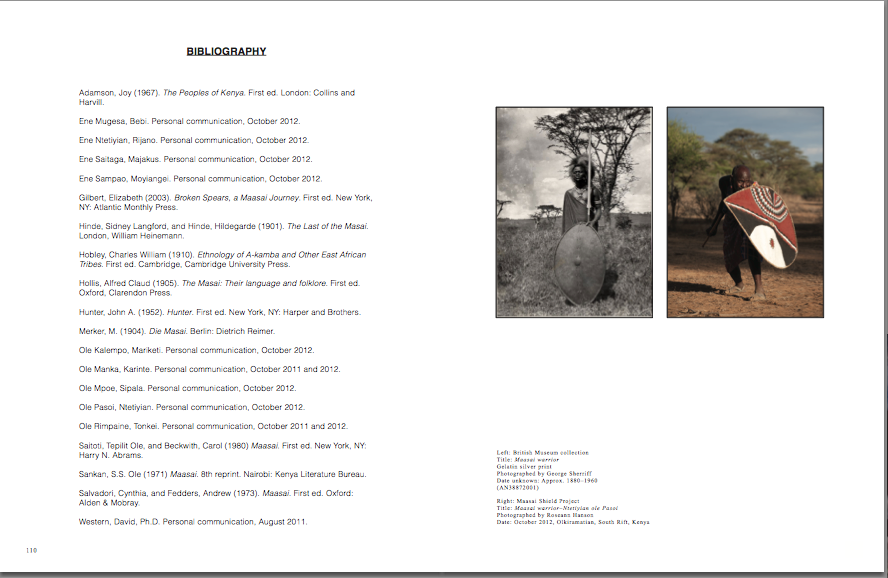
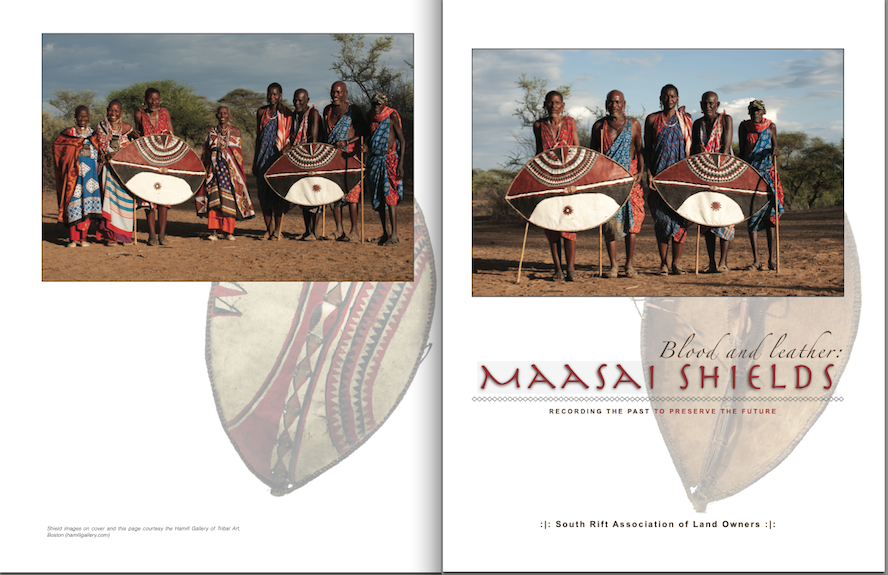
Location: Olkiramatian Community of South Rift, Kenya; Lale'enok Resource Centre
With artisans:
Tonkei ole Rimpaine, Karinte ole Manka, Ntetiyian ole Pasoi, Sipala ole Mpoe, Kelempu ole Ntetiyian, Mariketi ole Kalempo, Rijano ene Ntetiyian, Majakus ene Saitaga, Bebi ene Mugesa, Moyiangei ene Sampao
With assistance from: John Kamanga, project manager; Albert Kuseo, Joel Njonjo, Jackson Kaiseyie, Guy Western
African Conservation Centre, Nairobi, Lucy Wariungi, director, and Dr. David Western, chairman
Elizabeth Loker and Clinton Lucy
Flight & Safaris International, Winnie Akinyi
British Museum, Centre for Anthropology, Catherine Elliott, Jim Hamill, and Christopher Spring
Funding provided by donors of ConserVentures Charitable Organization: Dr. Edward Beggy, Carol Keyser, Doug Mote, Brian DeArmon, R.J. Stappel, Terry & Charlie Beggy, Steve Hayden, Diane Boyer, Tom & Celeste Hanagan, Clay Knight, and with support from OverlandExpo.com.
For more information please visit:
SORALO.org (South Rift Association of Land Owners)



